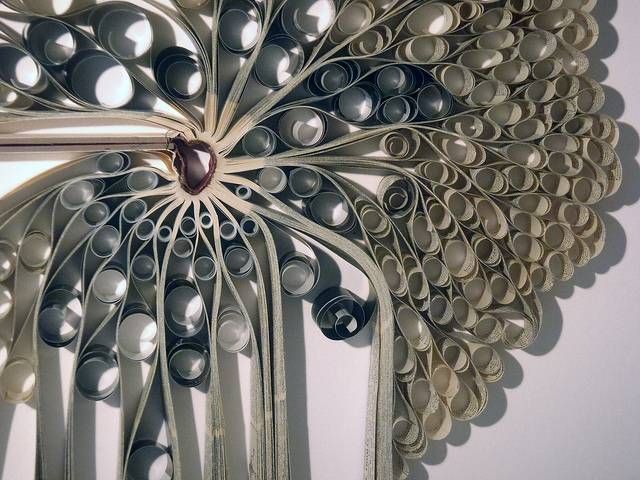
Where Are the Women in Alan Moore’s Cinema Purgatorio?
Recently Alan Moore and Kevin O’Neil announced a new project that they were seeking funding for via Kickstarter. The project looks interesting and has an exciting line-up of creators working on it, with one notable problem in my eyes:
They are all men.
The project is described as being “the story of one woman forced to bare her soul, one short film at a time.”
The creators working on this project are all men.

Now, some of these creators are people I am a fan of, some of them have written dynamic, exciting women that I want to be friends with and go drinking with. And I am really not averse to the idea of an anthology of horror comics drawing on the atmosphere and tension of post-war British cinema. However, I have reservations about the women that we will see in a horror anthology exclusively created by men.
Women are historically under and misrepresented in horror narratives, across all forms. Traditionally those women who do appear tend to be subjected to horrific levels of violence and are too often allowed very little agency of their own. Even those women who have broken free from their bloody fates to take control of their own destinies are often only allowed to fall into very specific character types. Things have come on in leaps and bounds over the past twenty or thirty years, but an anthology of female led horror comics that hark back to a so-called glorious post-war era of horror filmmaking is only setting off alarm bells for me.
We speak on Panels a lot about the importance of bringing together diverse groups of creators when working on projects. This is particularly important when you are not writing about your own lived experience. It is all too easy to resort to tired clichés, or remove a character’s agency, when you have not experienced the same barriers or lack of privilege in your life as the character you are writing. There are of course notable exceptions to this and perhaps this project will be one of them.
I am tired of reading the versions of womanhood that so often appear in the media I consume. In 2016 I would like to be able to look at a list of 10 hot comics right now and see that a significant number of them were produced by People of Colour, I would like to see more than two of them were created by Women. I would like 2016 to be a year in which the comics industry was rid of the transphobia, racism, sexism and homophobia that is so insidious and disgraceful to us all. I would like to think that a Kickstarter by two of the most revered names in contemporary comics, a Kickstarter that raised almost ten times its goal in just 7 days, would feature any woman at all in its line up of creators. Because making space for diverse voices is a key way in which to ensure we see more diverse stories in the comics we read.
The pitch for this campaign is explicit, this is “the story of one woman forced to bare her soul, one short film at a time”. Even If I were able to move past the implied violence of the language in that phrase, even if I could suppress the grimace that traced across my face when I read about that “withered and embittered woman in the booth”, I would still be worried. An overarching story about a woman in a position of vulnerability, in a genre that has less than ideal depictions of woman as standard, a set of stories that seem to be written exclusively by men, is very far from what I would have hoped to see in 2016.
















